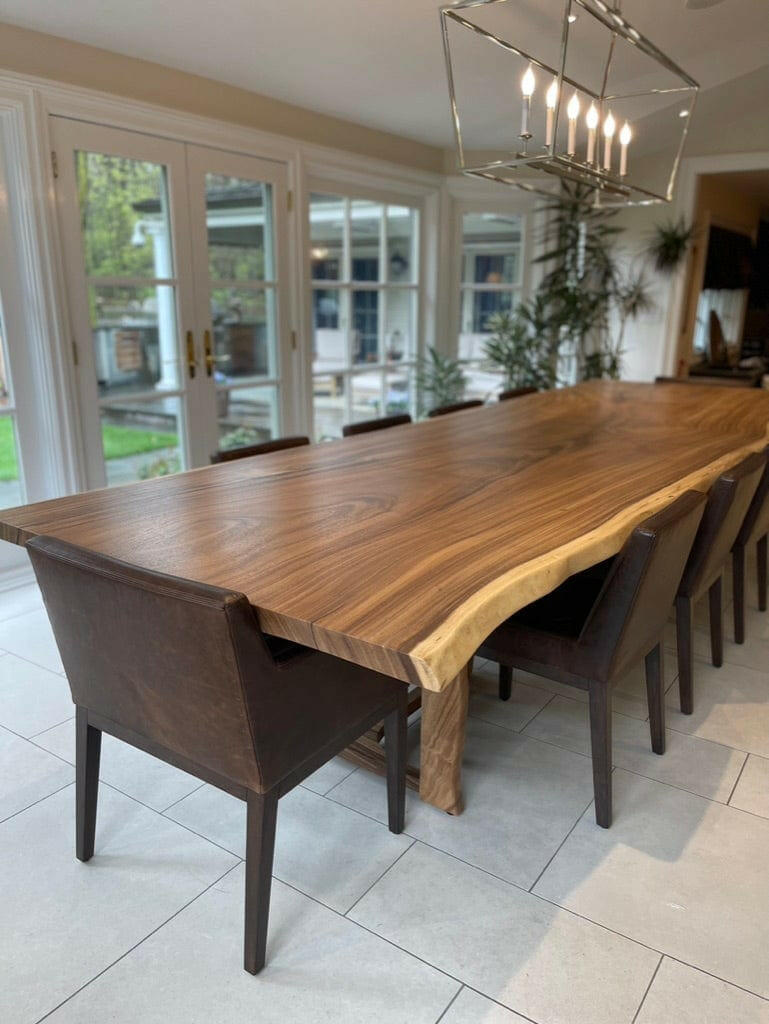Discover the most effective Products for Dining Room Table Legs for Every Design
Discover the most effective Products for Dining Room Table Legs for Every Design
Blog Article
An In-depth Consider Table Leg Styles: Finding the Perfect Suit
Choosing the ideal eating table leg design is critical for both visual allure and useful functionality. For those with larger tables, trestle legs make certain strong support, whereas barrette legs introduce a mid-century contemporary ambiance with their minimalist style. The x-shaped legs blend contemporary style with improved stability.
Conventional Four Legs
Amongst the various types of eating table leg styles, the traditional four-leg layout remains a classic choice for several households. 4 legs provide well balanced assistance, ensuring the table remains steady and capable of bearing considerable weight (dining room table legs).
From an aesthetic viewpoint, the traditional four-leg design can be easily adapted to numerous indoor designs. Whether crafted from wood, steel, or a combination of materials, these legs can be intricately sculpted, streamlined and minimalistic, or anything in between. Their versatility allows them to enhance both rustic and contemporary settings flawlessly.
Furthermore, the uncomplicated framework of the four-leg design helps with ease of motion and placement within a room. Unlike even more complicated bases, this style reduces blockages, supplying enough legroom for restaurants. In recap, the conventional four-leg eating table leg design marries enduring beauty with functional performance, making it an astute selection for those seeking both kind and function in their dining furnishings.
Pedestal Base
Typically celebrated for its classy and space-efficient style, the pedestal base is a prominent alternative to the traditional four-leg arrangement in dining table leg styles. This distinctive base typically includes a single main column sustaining the table top, which can vary in type, from ornately sculpted wood to sleek, modern-day metal. One of the primary advantages of the stand base is its capacity to make the most of legroom and seating versatility. Without edge legs, diners are afforded higher flexibility of movement, making it a suitable choice for round and oblong tables that promote even more intimate and comprehensive events.
The central column itself supplies a canvas for elaborate styles and artistic expressions, adding a component of visual interest underneath the table. In summary, the pedestal base combines performance with design, making it an improved and functional alternative for varied dining atmospheres.
Trestle Legs
Trestle legs offer a robust and timeless structure for eating tables, defined by their straight cross-bracing and durable assistance light beams. Stemming from medieval times, this layout has advanced yet retained its necessary structure, making it a seasonal favorite in both standard and contemporary settings. The main trestle beam of light, commonly supported by two or more vertical posts, uses exceptional stability, permitting larger table sizes without the need for additional legs.
A substantial advantage of trestle leg tables is the ample legroom they supply. Unlike tables with 4 corner legs, the lack of obstructions at the table's sides supplies unblocked area for chairs and restaurants, enhancing comfort and ease of access. This makes trestle tables excellent for accommodating bigger gatherings, whether in a dining space or a reception hall.
From rustic farmhouse to sleek modern-day layouts, trestle legs can be tailored to he said fit individual tastes. Their enduring appeal and useful benefits make trestle legs an engaging choice for those looking for both design and functionality in their eating table.
Barrette Legs

The appeal of hairpin legs depends on their simpleness and versatility - dining room table legs. Offered in a series of products, including steel and brass, they can be ended up in countless shades to enhance different indoor investigate this site styles. Whether coupled with a rustic wooden tabletop or a modern glass surface area, barrette legs effortlessly mix capability with a touch of vintage charm
Resilience is an additional notable attribute of hairpin legs. Despite their delicate look, these legs are engineered to birth substantial weight, ensuring the dining table remains stable and secure. Furthermore, they are relatively very easy to set up, making them a preferred option for DIY fanatics and expert furniture these details manufacturers alike.
X-Shaped Legs

Created from materials such as steel, wood, or a mix of both, X-shaped legs can be tailored to match different design preferences. Steel legs typically lend a streamlined and commercial feel, perfect for loft-style homes and contemporary eating rooms. On the other hand, wooden X-shaped legs offer a warmer, much more rustic charm, appropriate for farmhouse or diverse insides. The adaptability in materials enables property owners to tailor their table to better fit their total layout plan.
Moreover, the engineering behind X-shaped legs makes certain even weight distribution, decreasing the risk of wobbling and enhancing sturdiness. This makes them especially appropriate for bigger table that require extra assistance. Basically, X-shaped legs mix sensible engineering with contemporary looks, making them an ageless selection for varied dining atmospheres.
Verdict
A detailed understanding of table leg designs discloses the distinctive attributes and benefits of each design. Conventional four legs supply stability and timeless allure, while pedestal bases give legroom and a streamlined look. Trestle legs make certain robust support for bigger tables, and barrette legs present a mid-century contemporary aesthetic. X-shaped legs integrate contemporary style with enhanced stability. Selecting the appropriate leg style makes sure both practical and aesthetic contentment in any type of eating area.
Report this page